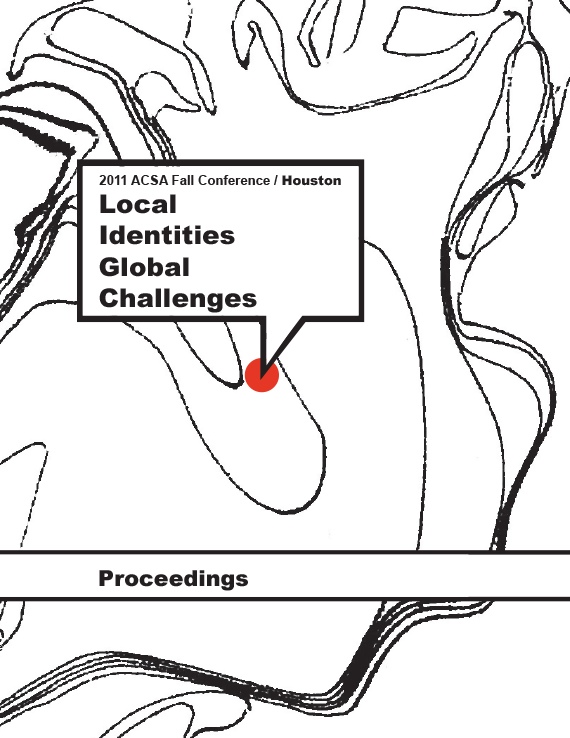Author(s): Frank Jacobus
The prevalence of image recognition software in contemporary culture elicits a number of questions regarding its potential use in the categorization and understanding of formal vocabularies and their potential reuse within expert and knowledge-based computational tools in architecture. Issues regarding the constitution of style, the tracing and appropriation of existing formal languages for reuse in novel environments, and potential new categorizations of form based on the workings of our digital tools all must be dealt with as the use of rapidly evolving computational tools becomes the norm within our discipline. The ability for these machine learning devices to recognize formal languages implies a future ability for these tools to connect building space, shape and configuration with patterns of use that are associated with particular user needs. One such image recognition tool is Hierarchical Temporal Memory (HTM). HTM is a machine learning device whose algorithmic structure is based largely on our most current understanding of the workings of the human neo-cortex. HTMs have shown great promise in areas of ambiguous pattern recognition in vision and speech applications and have the ability to learn the characteristics of a series of anecdotal data and then evaluate new data based on its similarity to the exemplars. In a design context this is a first step toward a technique for computational evaluation of quality by analogy, where solutions are judged based on their similarities to that which has worked successfully in past applications. This paper includes an experiment using HTM for learning and recognizing visual style characteristics in architectural works. Choosing the work of Frank Gehry and Peter Zumthor due to their radically contrasting formal vocabularies, we began the experiment by qualitatively defining the general style characteristics of the two architects. Next, we trained the HTM tool using building elevations from both architects to assess its ability to make a distinction between these stylistic types. Finally, we made assessments as to levels of confidence in the HTM system to help us determine what it was seeing so that potential refinements can be made for future use. The results of the experiment indicate that HTMs have the ability to make a distinction between varying formal vocabularies and could therefore be an effective mechanism for populating emerging expert and knowledge-based tools.
Volume Editors
Ikhlas Sabouni & Jorge Vanegas

 Study Architecture
Study Architecture  ProPEL
ProPEL 
